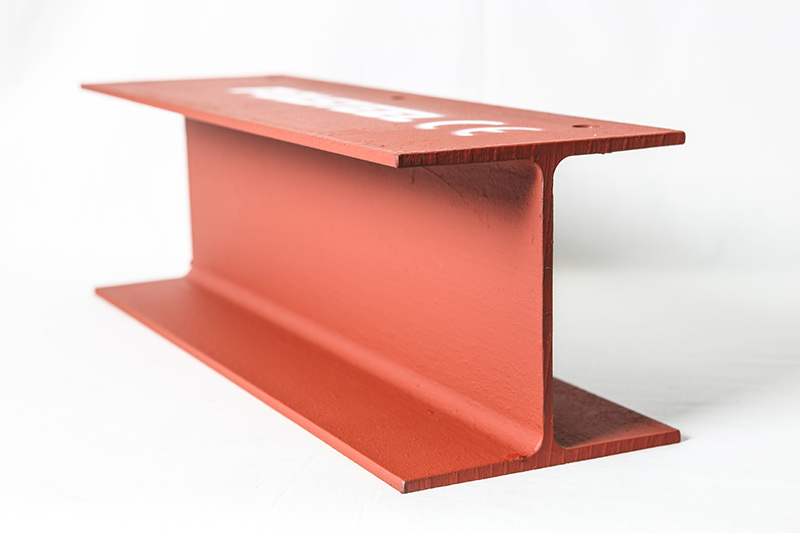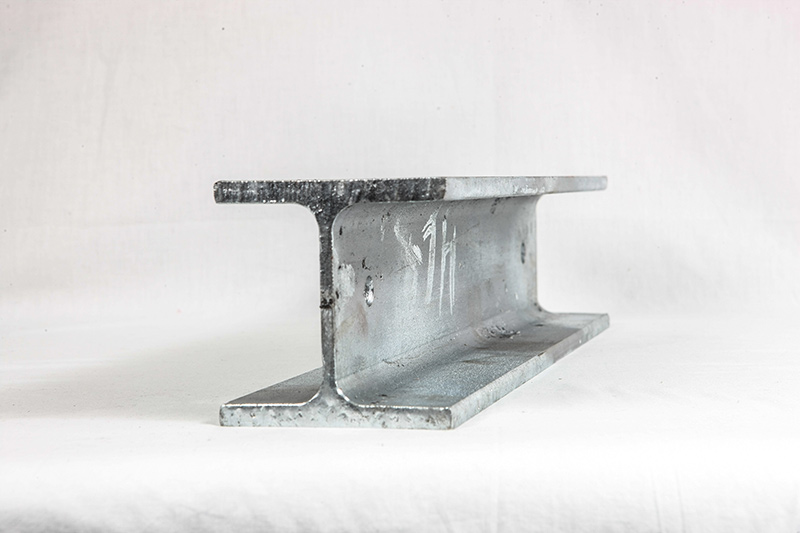RAW Steel
Steel is well known as an oxidising material, meaning quite simply that it can and will, eventually, rust. Rust is caused when iron and oxygen react together in the presence of water or moist air. Rusting is highly detrimental to the strength of steel, so for long term structures it is essential to find a solution to prevent rust from forming.


PRIMED Steel
The technique of Priming uses a paint rich in zinc phosphate, which is applied to the steel, and which provides an active corrosion resistant coat. The compound in the paint disrupts the normal formation of anodes on the surface of the steel, what we would generally see as ‘rust’. It achieves this by hydrolysing in water to produce zinc ions (Zn2+) and phosphate ions (PO43-). The phosphate ions act as anodic inhibitors by phosphating the steel and rendering it passive, whereas the zinc ions act as cathodic inhibitors. To be sure this method will protect your steel, the paint needs to be applied at an optimum thickness of 125 microns. For this, two layers need to be applied directly on the steel using a roller, after which the steel should remain rust resistant as long as it is not used outside in harsh conditions.
GALVANISED Steel
Galvanising is quite simply the process of coating steel with zinc, and it is achieved by dipping the steel in a bath of molten zinc. Once the zinc is cool, it reacts with the steel to form zinc carbonate, which protects the steel in two distinct ways:
- The base metal is protected from direct contact with the atmosphere by the zinc coating.
- The zinc coating provides ‘sacrificial’ protection. What this means is that, because the zinc has a greater electronegativity than the steel underneath, it will corrode in preference to the metal it is protecting.
Galvanising is an essential part of steel fabrication when the steel is going to be used in an external or damp area. This could be outside in the wind and rain, or even in the walls of a house where it is likely to be moist for a lot of the time.
As well as priming and galvanising steel to make it stronger, the fire resistance of the steel structure can also be improved, using fire resistant paint. For fire escapes or in high risk areas, this treatment can extend the time it takes to melt steelwork by around half an hour. Because it is a water based coating, fire resistant paint needs to be protected from the weather, so for some projects the installers may want to paint it once it is in situ.


You must be logged in to post a comment.